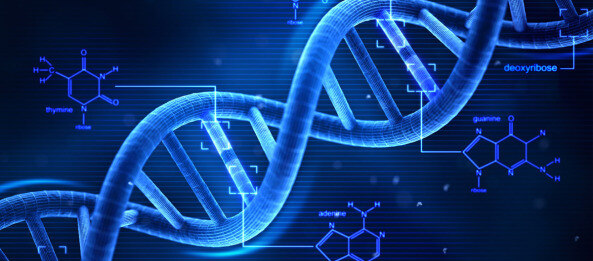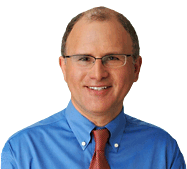To get our regular email updates, simply click here.
It really is a brave new world. Last week a group of prominent scientists announced plans for a project to create synthetic human DNA from scratch.
The project will be led by synthetic biologists Jef Boeke of Langone Medical at the New York University and George Church of Harvard Medical School, and will take up where the previous project to read the human genome ended. In 2003 the Human Genome Project was completed. It was supposed to open the door tocountless new treatments and cures for illnesses that had plagued humans for centuries. It didn’t quite work out that way. It seems understanding the relationship between genes and illness is more complex than scientists originally thought.
Human Genome Project, as the name implies, will attempt to synthetically write human DNA code. The idea is, writing and understanding genetic code made from scratch will help scientists learn more about those complex gene relationships. And while creating the building blocks for human life in a lab may seem like science fiction there is some precedent. In 2010 scientists at the Craig Venter Institute were able to create bacteria controlled by a synthetic genome, effectively turning code back into life. HGP will be like that experiment, only on a much bigger scale.

Writing DNA is tedious and expensive work. It involves precisely manipulating tiny amounts of chemicals and a DNA molecule. These chemicals are sugary building blocks designated A, T, C and G and they must be added in the correct amounts and the proper order hundreds of times to change the structure of DNA. Boeke and Church believe completing HGP will shrink development costs for DNA fabrication by a factor of one thousand. If true, that could actually lead to all of the revolutionary treatments promised by the original Human Genome Project. Yet, pesky ethical questions remain.
These are heightened by Church’s own colorful and controversial history. In his2012 book Regenesis: How Synthetic Biology Will Reinvent Nature he wrote about a nifty world where humans with genomes made in the lab become immune to all viruses. According to Church this could be done simply by removing the host material from our genes viruses need to replicate. And that’s just a start. He’s been vocal about his efforts to resurrect the Wooly Mammoth now that perfectly preserved DNA material from the prehistoric beasthas been recovered. Church is also using CRISPR, a gene editing tool he helped develop, to alter pig genes so that their organs can be transplanted into humans. As for humans, he’s not shy about his cradle and grave outlook.
He’s aggressively in favor of gene editing to avoid potential birth defects and he’s working with gene therapies to reverse the aging process. It doesn’t help that when he’s pressed about ethics he demurs to comparisons to the industrial revolution. This type of talk often lands scientists in hot water and Church has been cooked so many times he’s developed a rubbery exterior. He’ll need it.
It should take $100 million and ten years to create the human genome from scratch. If the project is successful scientists say they’ll restrict potential use cases to the Petri dish to avoid ethical considerations. That’s not exactly Mary Shelly’s Frankenstein but it is one giant step closer to Aldous Huxley’s Brave New World.
As is often the case in biotech, the most reliable investment for investors in this space will be the proverbial picks and shovels: Lab equipment and disposables makers like Becton Dickinson (BDX),Teleflex (TFX) and Cantel Medical (CMN).
##

About Jon Markman: A pioneer in the development of stock-rating systems and screening software, Jon Markman is co-inventor on two Microsoft patents and author of the bestselling books The New Day Trader Advantage, Swing Trading and Online Investing, as well as the annotated edition of Reminiscences of a Stock Operator. He was portfolio manager and senior investment strategist at a multi-strategy hedge fund from 2002 to 2005; managing editor and columnist at CNBC on MSN Money from 1997 to 2002; and an editor, investments columnist and investigative reporter at the Los Angeles Times from 1984 to 1997.
Sign-up for our Free Friday email
For teams that need additional security, control, and support.